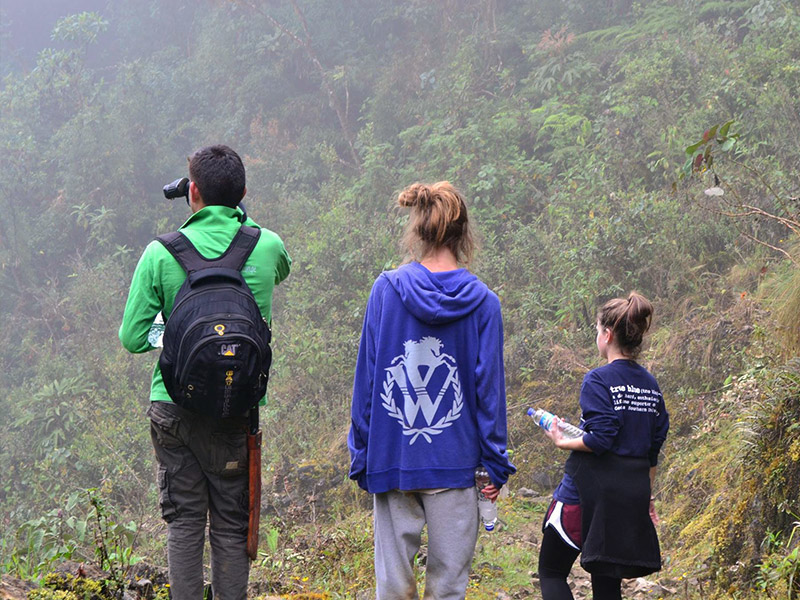Peru Travel Guide
Peru should be on every traveler’s must-visit list. The museums and restaurants of Lima. The mystique of Machu Picchu. The eye-catching handicrafts of the Sacred Valley and Lake Titicaca. The allure of the Amazon. There are so many incredible places to visit and experiences to be had. But, as with any exotic place, doing a bit of homework before your trip can help you make the experience that much more magical.
Documents & Travel Insurance
A valid passport is required for all international travel, and it must be so for 6 months after the date you enter Peru. Depending on the country of your citizenship, you may be required to get a visa to come to Peru. (Citizens of the U.S., Canada, and the European Union do not need a visa). Look online on the website of the Peruvian Ministry of Foreign Affairs or the same in your country of citizenship.
By Peruvian law, you must always carry the passport in case of random document checks in towns, hotels or other areas. It is also advisable to make some photocopies of your passport and store them in different bags, for it is the main ID for traveling in our country.
If you are on any medication, or have any health issues, be sure to bring a copy of your most up to date medical records as well.
It is highly recommend that you purchase travel insurance. Wherever you buy travel insurance, make sure the minimum coverage includes: trip cancellation and interruption, baggage delay, baggage and travel documents lost or stolen, medical expenses, emergency assistance.
Also, do not forget to have the copy of your insurance policy easily accessible during the entire trip.
Weather & Climate
Peru has three very distinct geographical zones, each with its own weather seasons:
The Coast of Peru, which is a desert all along, besides the Pacific ocean. Main cities are Lima, Tumbes, Ica and we can find great touristic destinations like Palomino Islands, the Pachacamac Inca holy site, Tumbes’ beaches, the Nazca lines, among others. From April to mid-September it’s cold season (Autumn and Winter), which is moderately low in temperature. From mid-September to late March it’s hot season (Spring and Summer), with temperatures that can reach 86°F (30°C). However, as we go north, climate tends to be warmer all year long. Rains are quite scarce.
The Andes of Peru range has different weather. Dry season goes from early April until late October and is mainly cold to very cold, with little or no rain. Now rainy season spans from November until March, with heavy downfall although brief and not daily. Main cities are Cusco, Puno, Arequipa and some tourism highlights are Machu Picchu, the Inca Trails, Lake Titicaca and the Colca Canyon.
Our Amazonian Jungle, a tropical paradise with high temperatures all year long (many days it can be 104°F or 40°C) but also with heavy rains during all months. Iquitos and Puerto Maldonado are the biggest towns, while there are amazing destinations like Manu National Park and the Tambopata Wildlife Reserve.
Additionally, it is mandatory to bring sun block anywhere, anytime in Peru, high SPF factor, also a sun hat and dark glasses.
Electricity Outlets in Peru
Electrical supply in Peru is 220 volts AC at 60Hz. A twin flat blade (as used in North America) and twin round pin plugs (as used in continental Europe) are both standard. If you travel to Peru with a device that does not accept 220 Volts at 60Hz then you will need a voltage converter or transformer.
Stock Up at the Pharmacy
Speaking of the altitude, you might want to visit a doctor before your trip for a few reasons. He or she might prescribe you altitude medication, but if you plan to visit the Amazon regions in the country’s north and south surrounding Iquitos and Puerto Maldonado respectively, you might want to consider bringing antimalarial medication with you and possibly getting a shot for yellow fever or typhoid. Take a look at the maps to determine if you might need any shots or medications for where you plan to visit, then discuss the options with your healthcare professional.
Try the Coca Tea
Peruvians and their forebears have used coca leaves to counteract altitude sickness for centuries, if not millennia. Locals chew the leaves or make a tea from it, which you will undoubtedly be offered many times while there. It is definitely worth trying, if only for the cultural significance the plant holds in this part of the world. So have a cup and see if you like it — just don’t try it too close to bedtime because it’s a stimulant and might keep you awake. Instead, try some Andean mint tea in the evening. Not only is it tasty and soothing, but it has many of the same altitude-easing properties as coca.
Personal Preparation
Finally, the most important thing to bring along on your trip is a positive attitude and optimistic mindset. As beautiful and magical as Peru is, and as much care as our trip leaders and guides put into making sure you have a fantastic experience, the biggest deciding factor in the quality of your experience is you.
Interesting in visiting Peru? Contact us today to speak to an expert travel planner.


